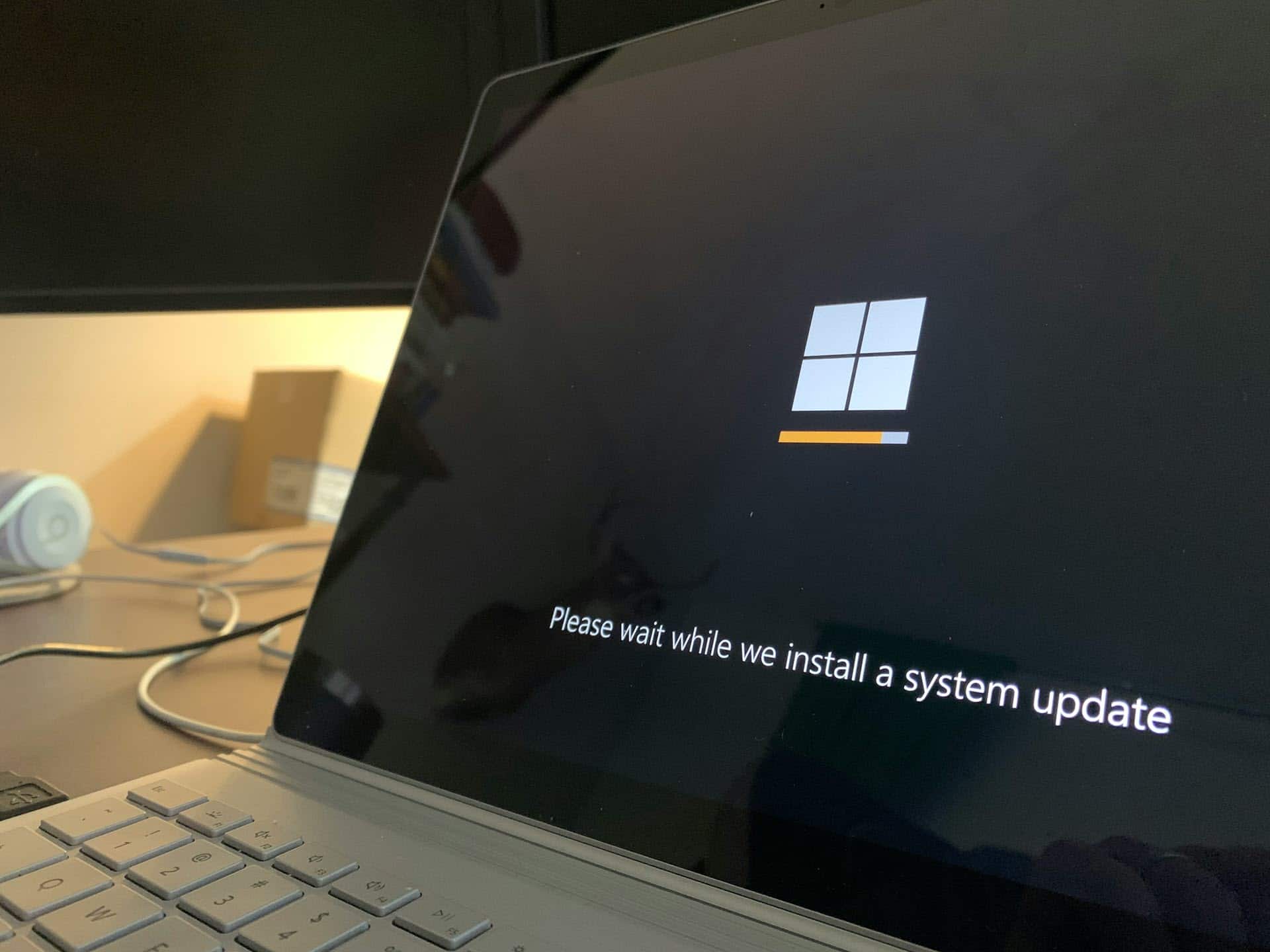
Customers, News, References
Sumis replaces outdated customized software with Boltrics’ WMS
Date
29 June, 2021
Reading time
3min. reading time
Sumis Marketing Logistics replaced their customized WMS by Boltrics’ branch standard last May. A solution in which 97% of the desired functionalities are available out-of-the-box and they can effortlessly respond to the wishes of the large retailers.
Smart conditions that determine the best delivery day, customers who know exactly what the latest status of their shipment is and an order intake that runs fully automated. All with a minimum of customization. At Sumis Marketing Logistics, a part of Altavia Sumis, they knew exactly what their new WMS should entail. A future-proof solution that can last at least until 2030. The WMS from Boltrics turned out to be a hit.
Full coverage of all logistics processes
With almost 40 years of experience, Sumis Marketing Logistics is responsible for the storage, fulfillment, and distribution of marketing materials for more than 35 retailers. For example, they put together specific (store) packages for HEMA, ANWB and Total. A major operation where the necessary specific push processes, transfers, replenishment, and VAL activities come into play. Since May they use Boltrics ’WMS to support all logistics processes.
A jumble of customization
The logistics service provider had several reasons for changing the WMS package. With their previous WMS system, for example, they were entangled in the chaos of customization. That made it nearly impossible to update the system to newer versions. As a result, Sumis stood still when it came to developments and improvements in their WMS.
Evert-Jan Hellemink, Logistics Manager at Sumis: “We found ourselves in the situation that switching to the latest version of our previous software package required the same investment in time and money as switching to a completely new system. At the start of 2018, we, therefore, decided to look for the best WMS package that enables us to continuously improve the quality of our services and can continuously surprise our users, customers, suppliers and the internal organization. From the moment Boltrics came into the picture, things went fast. After an extensive selection procedure, the software was implemented in less than 3 months and meanwhile we have been using the software for more than half a year. ”
From registering to controlling
Evert-Jan describes their previous WMS as a registering WMS . All actions were recorded in the system, but users subsequently determined the planning and the order of work themselves. They learned that was not the most efficient way. With the new WMS, users are fed with work assignments based on business rules. As a result, users are no longer busy trying to figure out when they have to do a certain job. As a result, employees can be deployed much more efficiently.

